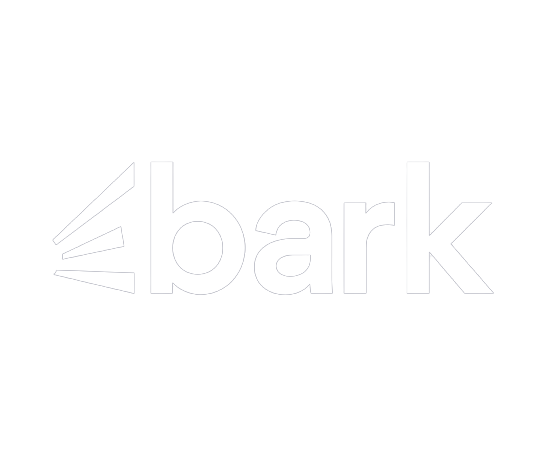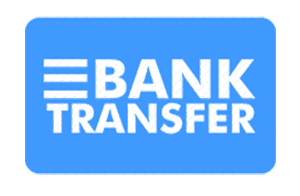Custom packaging is important for brands because it provides a sense of uniqueness and originality. Let’s take small rigid boxes as an example; a conventional small rigid box will not be able to connect with your potential customers on a deeper level. At the same time, a custom small rigid box can work wonders for your brand. A custom small rigid box looks great and has an aesthetic appeal to it. The type of printing technique used can affect how the custom packaging & cone sleeves is perceived and how it attracts potential customers.
The two widely used printing techniques are given below:
- Digital Printing Technique
- Offset Printing Technique
Just like rigid boxes, sleeves are another practical packaging choice that gives products a stylish look while keeping them secure. They are often used for food items, cosmetics, and retail products to create a professional presentation. Sleeves can be customized with different printing methods, making them versatile and suitable for both branding and protection.
Digital Printing Technique For Small Rigid Boxes
Digital printing is a form of printing that was invented in the 1970s. It is a process in which the desired image is digitally processed before being transferred to a printing machine, typically an inkjet printer.
Offset Printing Technique For Small Rigid Packaging
Offset printing is a technique that was invented in 1887. Offset printing is typically used for producing high-quality commercial graphic prints and publications with good color reproduction because it produces such richer and deeper colors than other techniques such as digital or lithographic prints.
Comparing Offset versus Digital Printing Technique
Check out the following comparison between offset and digital printing techniques. This comparison will help you get a better understanding of these printing techniques, thus leading to choosing the most optimal choice for your small rigid packaging.
Digital vs Offset Printing: Print Speed
The digital method can vary vastly in print speed depending on how many colors are being used and the number of times an image is multiplied. The offset method will be faster in terms of print speed than the digital method, which will depend on how much ink coverage is needed and the number of colors being used.
High-quality digital printing involves more manual labor at the printing stage, where the source file has to be converted into a bitmap before it can go out for printing. This leaves room for error in the form of color conversions. The offset method is an all-chemical process that can use CMYK settings to simulate different colors
Digital vs Offset Printing: Materials
Digital printing allows for a wider range of materials to be printed on. Some examples would be paper, plastic and metal. This makes it very versatile in its usage. Offset printing is limited to what types of substrates can take the heat involved with the process. Traditionally, the offset method used polymer plates which were not as widely available. Now, the digital method is cheaper. If you’re ordering from a small black rigid boxes wholesale supplier, both techniques can be used. However, other factors will have to be considered before making a final decision.
Digital vs Offset Printing: Image Resolution
Each time a digital file is printed out, it reduces in resolution due to the fact that it has been converted into a bitmap file. The number of times this occurs will depend on how many colors and images you would like to reproduce on your small rigid boxes. Your image resolution will be determined by what kind of quality you need for the printing process. Offset printing has no limitations on image resolution as each element is printed out directly onto the final material.
Digital vs Offset Printing: Customization
Both methods allow for customization of different elements such as color, shape and size. Digital printing is more customizable in terms of small changes that are made to the design that cannot be done through the offset method. This is due to the fact that digital requires original artwork files while offset can use either
- A) a film copy of your artwork or
- B) previous plates with proper retouching for minor changes.
Making changes to your artwork can be handled easily by the digital printing technique. However, if you’re using the offset printing technique for your small rigid packaging, these changes may disrupt your budget while affecting your turnaround time.
Digital vs Offset: Sustainability
As we have discussed, digital printing has a much higher carbon footprint than its counterpart due to all of the manual labor involved in the process. However, the offset method requires less effort and creates a much smaller impact.
Digital vs Offset: Cost-Effectiveness
When it comes to buying from a small rigid boxes wholesale supplier, you have to consider the cost before making a decision. For example, the Digital printing technique is cost-effective for small volume orders. On the other hand, the offset printing technique is cost-effective when high volume orders of small rigid boxes are involved.
Color Models For Your Small Rigid Boxes
CMYK and PMS color models are two different methods of representing colors in the packaging industry.
CMYK Color Model
It is comprised of Cyan, Magenta, Yellow, and Key (black). These four colors are used to create the required hues. CMYK color model is a great choice if you want varying hues printed on your small rigid boxes.
PMS Color Model
Pantone Matching System is a spot-color system that uses premixed inks that are not mixed into other colors. PMS colors are used in the packaging industry. It has over a thousand distinct colors under its umbrella and relies on numbers to denote the colors.
CMYK vs PMS Color Model
It is difficult to consistently recreate the same color over different printers when using the CMYK color model. However, you can easily recreate the same color consistently over different printers when you’re using the PMS color model.
To Sum It All Up
Printing techniques and color models are important factors to consider when you’re ordering custom small rigid boxes. That’s why it is important to do your research and get a better understanding of these. You could, however, always reach out to Rigid Packaging Pro to speak with a packaging expert who can help you determine the best possible choice based on your particular needs.








